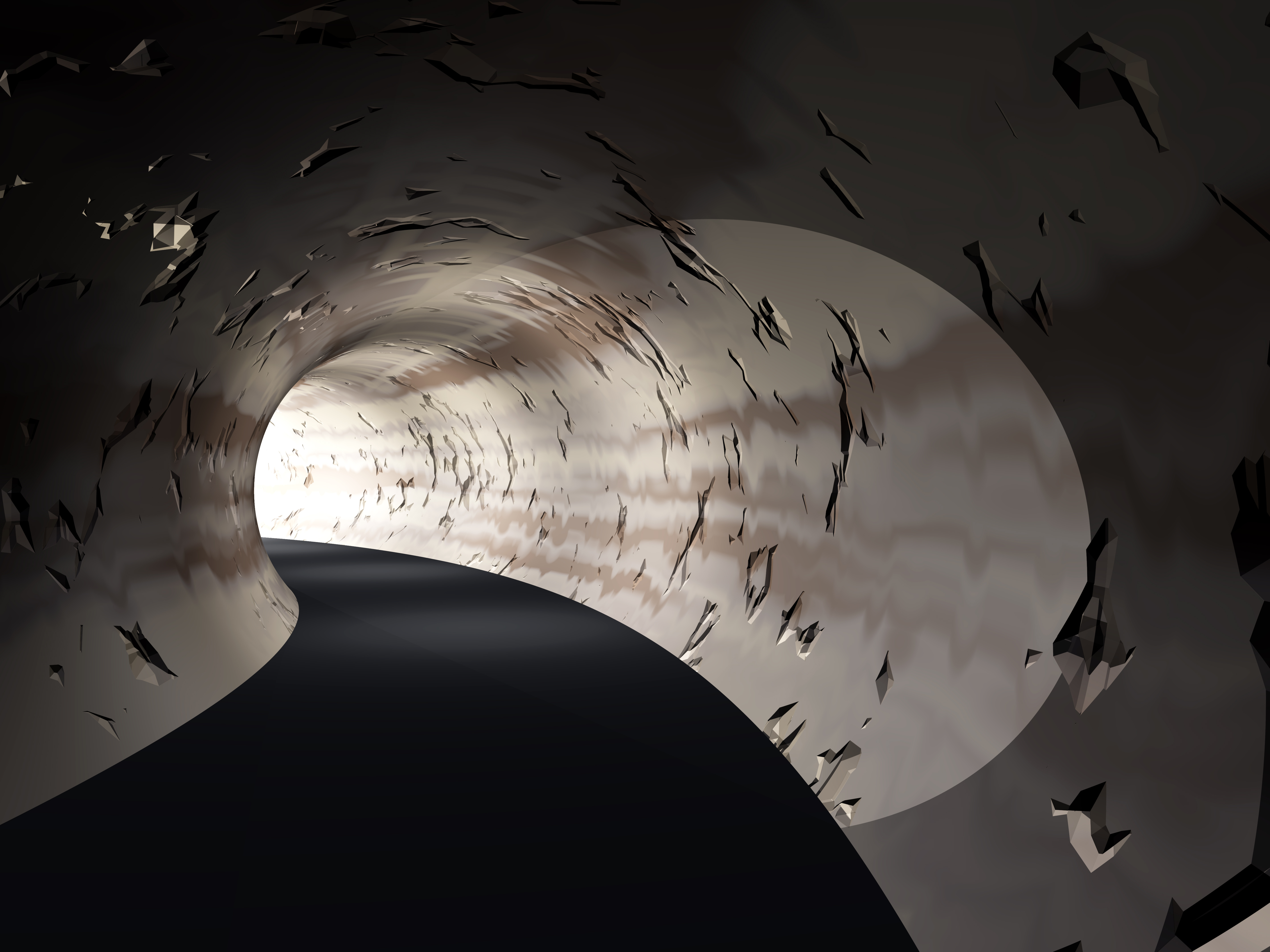Tunnel Vision
VitalRads Radiology Pearls
As I started my radiology residency after completing veterinary school, I soon realized many things. One was that I did not know how to read radiographs after veterinary school, despite having done well in a one semester, 3 credit hour, radiology class during my 3rd year of vet school and my 2 week block rotating through the radiology service during my 4th year (which, unfortunately, us 4th years spent most of our time holding animals for radiographs). I also soon realized when I was going through my radiology residency that it was very easy to get “tunnel vision” when looking at a film.
If you start the process of film interpretation of a dog that has heartworm disease, your natural tendency is to immediately look for radiographic signs of heartworm disease (such as an enlarged right heart, enlarged main pulmonary artery segment, dilated, torturous and pruned appearing pulmonary arteries, bronchial changes in the lungs, etc.). If you see evidence of these “Roentgen Signs,” you may tend to be satisfied with your interpretation and move on. However, did you look at the entire film? Did you see any concurrent significant abnormalities in the viewable abdomen? Spine? Any lytic changes in the ribs? Is there evidence of thoracic lymphadenopathy? Did you see the mass in the area of the thyroid?
When you interpret any type of imaging study (radiographs, ultrasound, CT, or MRI) a pertinent, concise history and signalment of the animal is a must. However, you should not let this information (especially the history) cause you to have a pre-conceived bias or “tunnel vision.” You still have to read the entire film and for each image within a series. Catching a subtle but significant finding on the edge of the film is so important and often, when seen, can alter the patient’s options on additional diagnostics or treatment plans, and subsequently the pet parent’s decision to comply with your recommendations. This is where having a boarded radiologist review your images can really play a role and clients appreciate this value-added service.
So how do I try to avoid tunnel vision and bias? First, I make myself look at the entire film each and every time. The edges of the film, the other body parts on the film that are not in the region of interest, etc. Second, when I first look at the images, I do NOT want to know the history – not yet. I only want to know the signalment of the animal (age, sex, breed). From this, I read each film without the bias of the history being in my head. I come up with my list of “Roentgen Signs/Radiographic Findings,” formulate a reasonable differential diagnosis list and, by using this information and basic “noodling” on my part, I then go back and look at the patient’s history. If my presumptive radiographic diagnosis “fits” the history and the signalment, I am probably correct in my diagnosis and I arrived at this diagnosis without being biased by the history! On the other hand, if my presumptive radiographic diagnosis does NOT fit the history, I repeat the film reading process to make sure I didn’t miss anything first time through. Try it out next time you read some films!
